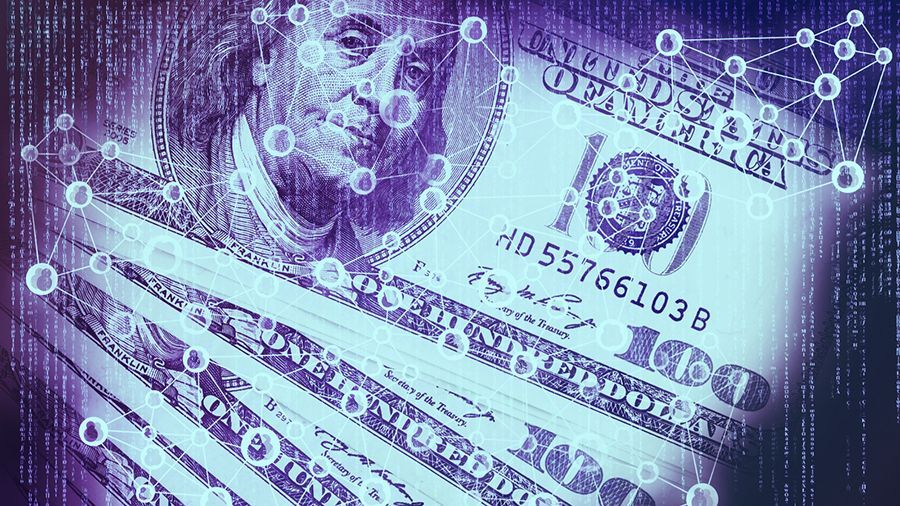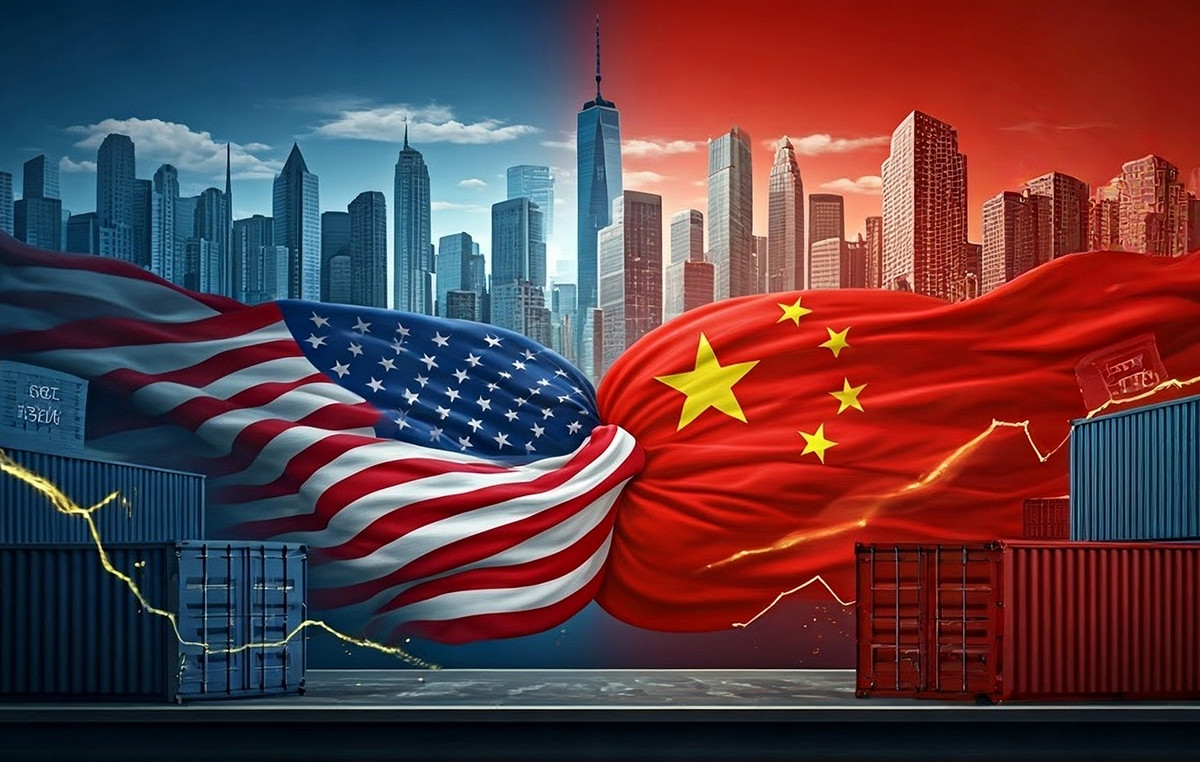- Donald Trump hinted at a commercial agreement with Japan that will see a “reciprocal” tariff of 15%.
- An increasingly complex tariff scheme leaves broad cracks through which US companies can fall.
The president of the United States (USA), Donald Trump, is hurrying to ensure preliminary trade agreements before his own deadline of self -imposed tariffs on August 1, after a self -imposed delay of the “Liberation Day” tariffs of Trump that were initially announced in early April. It is reported that the Trump administration is moving towards an important commercial package with the European Union (EU), but the details remain scarce.
Key trade agreements on the table
The key commercial announcement (which is still equally scarce in firm details) this week was an tentative agreement between the Trump and Japan team, which will include a “reciprocal” tariff level of 15% in all goods exported from Japan to the US Raise new problems for American companies.
The diatribe fed by Donald Trump tariffs since he assumed the position in January has been sold mainly as a way of protecting and rebuilding US industries, specifically the manufacturing and production that have been democated to foreign countries for decades. Now, a mismatch between tariffs is about to collide, and the US automotive sector is prepared to pay the price.
Metal tariffs are a key complication for US production.
The Trump administration imposed a strong 50% tariff on all foreign steel and aluminum imports, citing the need to protect and rebuild the US automotive industry a similar 50% tariff is expected over all copper imports, currently scheduled for August 1. The main automobile manufacturers are already informing large cuts in their profits, with General Motors (GM) pointing out a deficit of 1.1 billion dollars in the second quarter due to metal tariffs. In general, GM hopes to assume between 4,000 and 5,000 million dollars in total tariff penalties until the end of 2025. The adjusted cash flow of GM and profits before interest and taxes (EBIT) also fell around half year -on -year in the second quarter, since tariffs are increasingly affecting an industry that Trump claimed to defend.
The new US trade agreement with Japan, with its 15%fixed import rate, will make the choice on where Japanese car manufacturers will produce their cars is an easy decision. Despite Trump’s great strategy to try to force global companies to relocate or move their production within the US borders, Japanese car producers face a simple choice: to manufacture all their cars in Japan and assume a 15%tariff, or go through the effort and cost of building new manufacturing facilities in the US and suffering a double increase in material costs. With an accidental advantage in protectionist tariffs about to be incorporated into books, the Trump administration may have accidentally made more difficult, not easier, for automotive companies choose America.
Investors in key sectors have already noticed it: Toyota Motor Corp (TM), the American subsidiary of the Japanese car manufacturer, rose more than 13% on Wednesday after the announcement of the commercial agreement with Japan, reaching its highest valuation since December last year, a maximum of seven months.
ADDITIONAL COMPLICATIONS: Copper tariffs, electric vehicle batteries costs
The upcoming tariffs on copper will only complicate things further, and the recent addition of high tariff USA, and the additional cost of imported vehicle batteries, for which there is no viable alternative in the US, it will be a little welcome surprise.
Tariffs on raw materials could turn out to be the largest spine on the side of the Trump administration. The American steel index of the New York Stock Exchange (NYSE) has risen 25% so far this year, and the US copper index of the US copper index has also increased by 42.5% so far this year, reaching its highest valuations ever registered while investors bet strongly due to an acute increase in input costs for US manufacturers.
Tariffs – Frequently Questions
Although tariffs and taxes generate government income to finance public goods and services, they have several distinctions. Tariffs are paid in advance in the entrance port, while taxes are paid at the time of purchase. Taxes are imposed on individual taxpayers and companies, while tariffs are paid by importers.
There are two schools of thought among economists regarding the use of tariffs. While some argue that tariffs are necessary to protect national industries and address commercial imbalances, others see them as a harmful tool that could potentially increase long -term prices and bring to a harmful commercial war by promoting reciprocal tariffs.
During the election campaign for the presidential elections of November 2024, Donald Trump made it clear that he intends to use tariffs to support the US economy. In 2024, Mexico, China and Canada represented 42% of the total US imports in this period, Mexico stood out as the main exporter with 466.6 billion dollars, according to the US Census Office, therefore, Trump wants to focus on these three nations by imposing tariffs. It also plans to use the income generated through tariffs to reduce personal income taxes.
Source: Fx Street
I am Joshua Winder, a senior-level journalist and editor at World Stock Market. I specialize in covering news related to the stock market and economic trends. With more than 8 years of experience in this field, I have become an expert in financial reporting.







